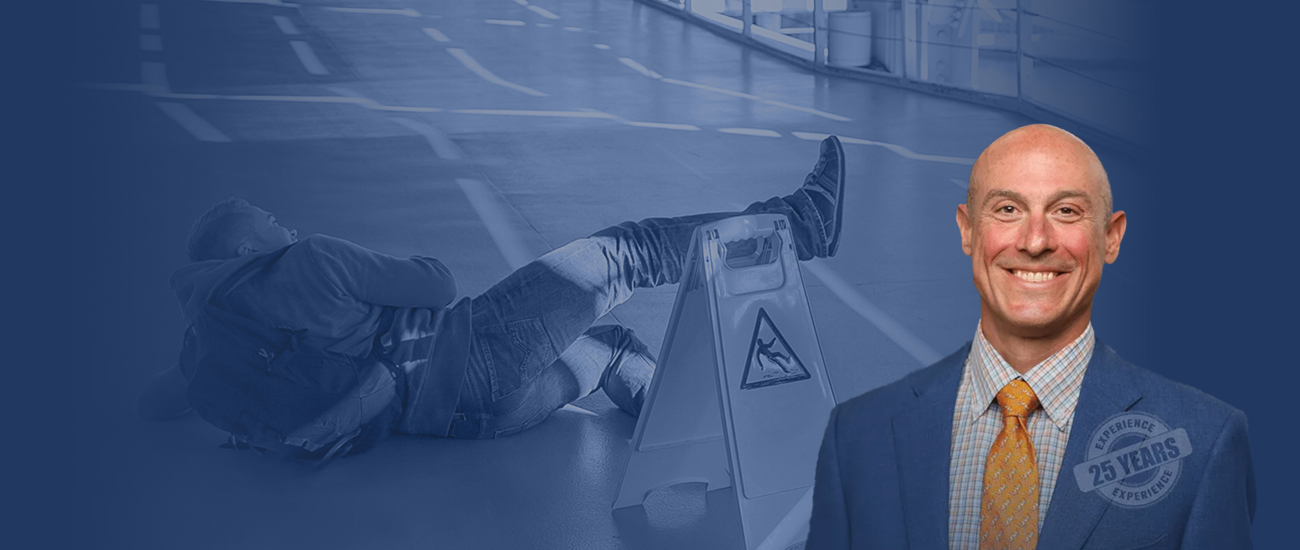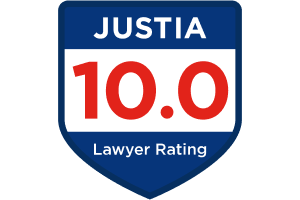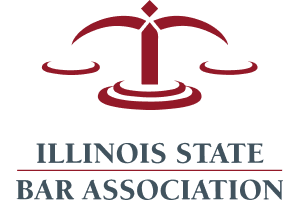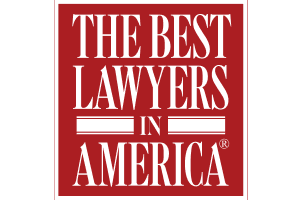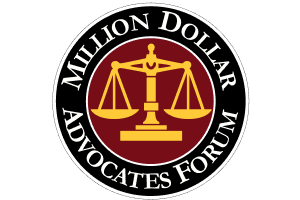Illinois Premises Liability Elements
If you get hurt on someone else’s property in Illinois, it is possible to seek compensation for legal damages suffered. You will need to prove that the property owner is responsible for your accident based on numerous premises liability elements.
Slip & Fall Injury Lawyers can help you navigate a premises liability case in Illinois, whether you were injured in a store, a private residence, or a government building. Let’s discuss some of the elements of a premises liability case.
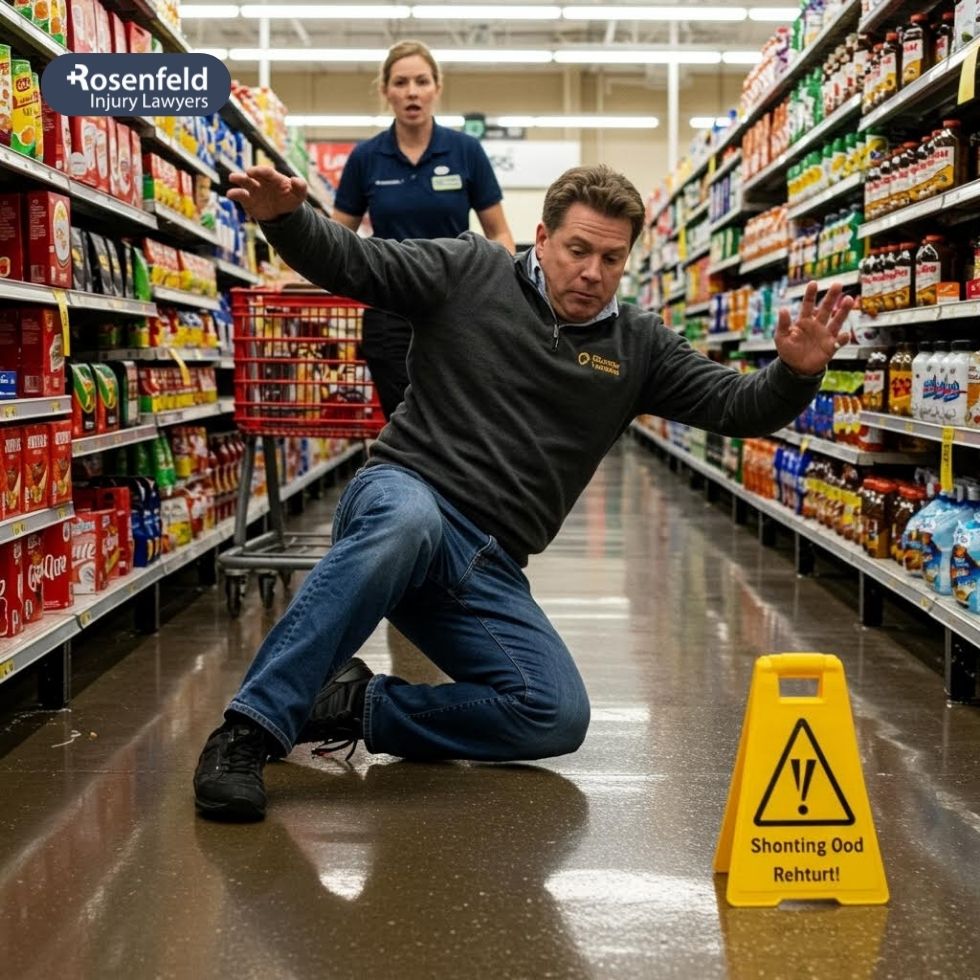
Legal Status of a Visitor on Someone Else’s Property
One of the primary factors that affects a premises liability case is the injured person’s legal status. The three classifications of visitors are invitees, licensees, and trespassers.
An invitee is a person who enters a property with the permission of the property owner for the mutual benefit of both parties. A licensee is someone who has permission to enter a property for their benefit. Property owners must demonstrate reasonable care to prevent injuries to or warn licensees and invitees of hazards (740 ILCS 130/).
Intentional Harm
Intentional harm rarely arises in premises liability cases. Most claims occur because the property owner owed a duty of care to the injured party and they failed to take appropriate actions. However, some situations may be categorized as deliberate harm, which can lead to more compensation due to the potential for punitive damages.
Here are some scenarios that may qualify:
- Setting a trap for trespassers
- Failing to prevent foreseeable criminal activity by not implementing security in an apartment with a history of assaults
- Engaging in conduct with reckless disregard for safety
Illinois courts may treat these situations differently than traditional slip and fall cases. Defendants will not be protected by the same tort regulations as other property owners. Additionally, battery and assault can be brought alongside a premises liability suit, especially for cases involving negligent security.
Elements of a Premises Liability Case
Duty of Care
To prove a property owner’s negligence, you must establish that they had a legal duty to take reasonable steps to maintain safe conditions. They must also warn legal visitors of potential hazards and inspect the premises. Failing to complete these tasks would mean they are liable for your suffering.
Courts may consider the following elements to analyze duty of care:
- The foreseeability of the injury
- The burden of preventing harm
- If the property owner had notice of the hazard
A property owner’s negligence may be to blame for hazardous conditions on stairs, sidewalks, shopping mall aisles, or common areas in apartments.
Breach of Duty
A breach of duty occurs when a property owner fails to fulfill their duty of care. In other words, they did not act reasonably, under the circumstances, to prevent the harm. You must prove that the owner knew or should have known about the hazard and can be held liable.
Some examples of breaches of duty include:
- Failing to clean up a spilled drink in a store aisle
- Ignoring complaints about a loose handrail
- Not posting warning signs during floor maintenance
Causation
Next, you must demonstrate a causal link between the defendant’s actions and the injuries you suffered because of their negligence. The actual cause is the unsafe condition. Proximate cause means that the harm was a foreseeable result of the dangerous condition.
For example, if a restaurant has an unmarked wet floor, a customer may slip and fracture their wrist.
Damages
Lastly, you must prove that your injuries caused actual legal damages. Economic damages may include lost wages, medical bills, future medical expenses, and property damage. Non-economic damages may include emotional distress, pain and suffering, long-term disability, and loss of normal life.
Even if liability is obvious in your claim, weak or undocumented damages will result in an inability to recover compensation.
Comparative Fault in Illinois Premises Liability Claims
State law 735 ILCS 5/2-1116 allows injured victims to claim damages as long as they are no more than 50% at fault for the incident. However, if you are partially at fault, your recoverable compensation will be reduced by a similar factor.
For example, if you were not wearing proper footwear on a slippery surface, you may be considered 40% at fault for your fall. Your potential compensation would then be reduced by 40%.
Evidence Needed to Prove Each Element
Evidence will be the key to winning your premises liability case. The more data you have to support your claim, the better your chances of proving that the property owner owed you a duty of care and failed to maintain safe premises.
Here are some examples of evidence that can establish your premises liability case:
- Photos or video of the hazard
- Incident reports
- Witness statements
- Maintenance logs
- Medical records that link the injuries to the fall
- Expert testimony from safety engineers or medical experts
After your accident, be sure to preserve all physical proof, such as shoes or clothing that you wore.
Government Property Claims and Tort Immunity
Under the Local Governmental and Governmental Employees Tort Immunity Act (745 ILCS 10/), you may only have 90 days to provide notice of a premises liability case. This is because special rules apply for government entities.
For premises liability that involves a federal building, your case would fall under the Federal Tort Claims Act.
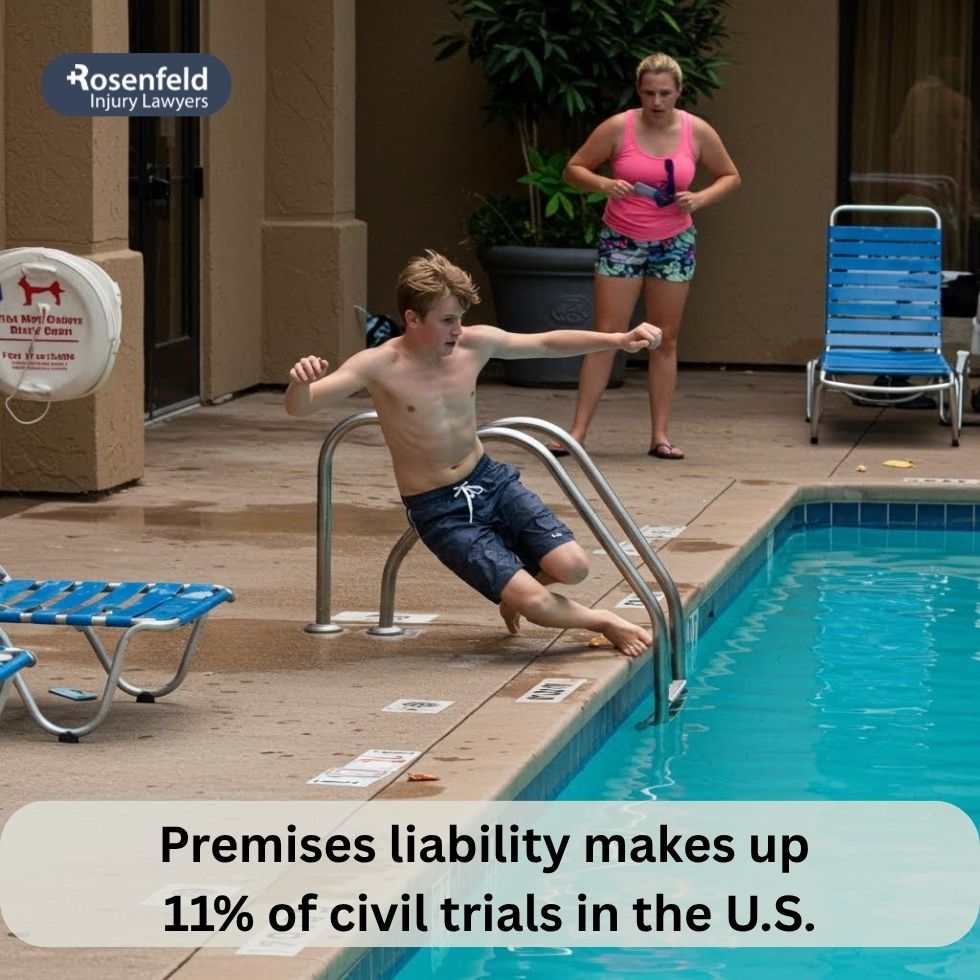
When to Speak With a Premises Liability Lawyer
Navigating a premises liability claim on your own can be daunting. An experienced law firm can help you overcome some of the following obstacles you may face:
- Proving legal elements with strong evidence
- Countering comparative negligence defenses
- Navigating notice requirements for government defendants
- Valuing all damages, including pain and suffering and future care needs
- Taking the case to trial if insurers won’t settle
For most premises liability lawsuits, plaintiffs have two years from the date of their injury to file a claim for fair compensation (735 ILCS 5/13-202).
Book a Free Consultation
Slip & Fall Injury Lawyers works on a contingency fee basis, which means you owe nothing unless we win. Our team is prepared to handle your premises liability claim, whether the property owner failed to maintain a stairwell or secure a loose carpet. Contact our law office today to schedule a free consultation.

